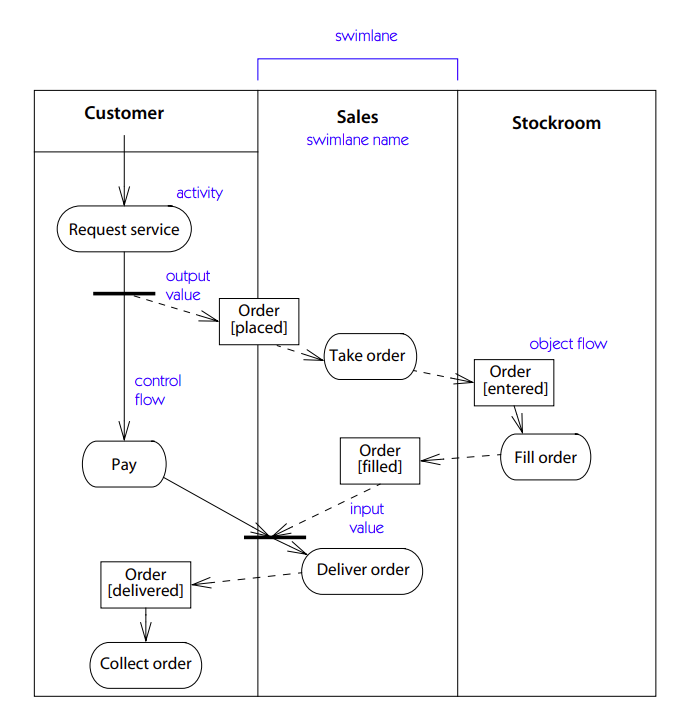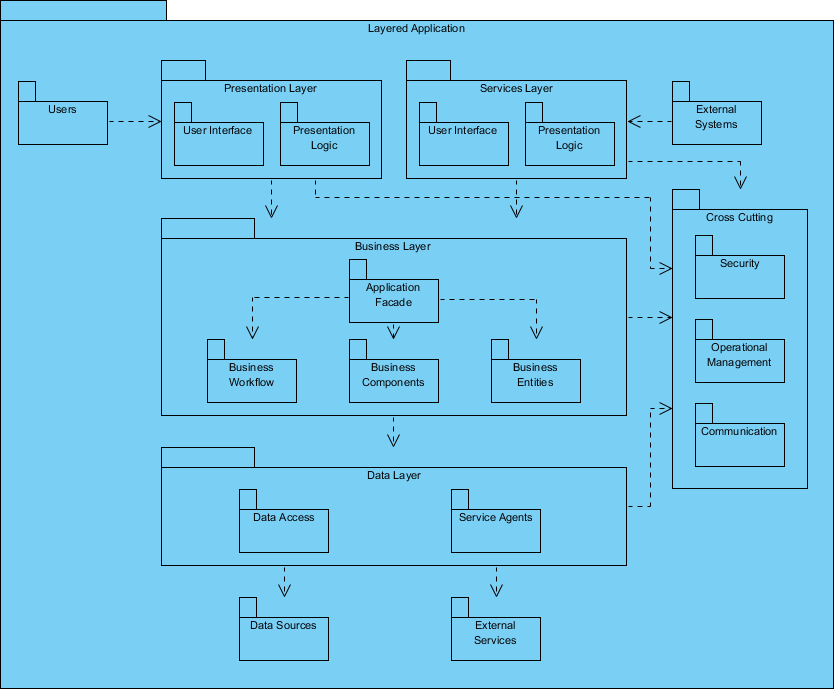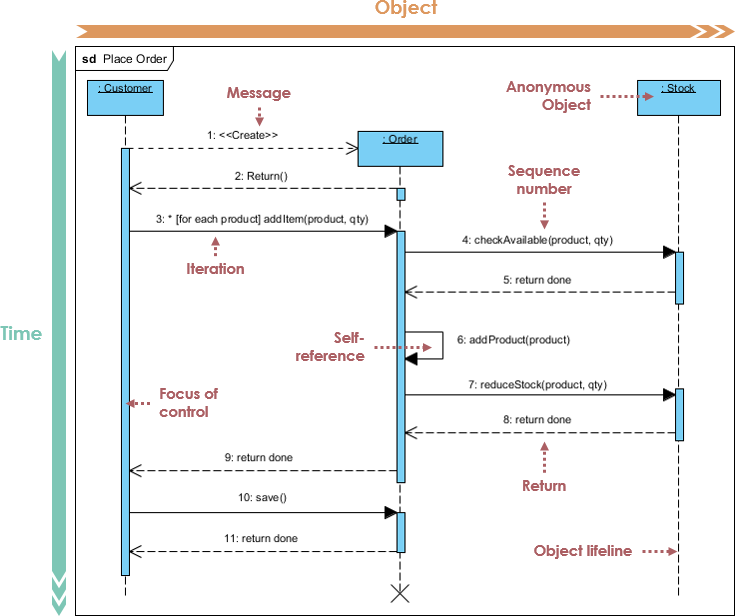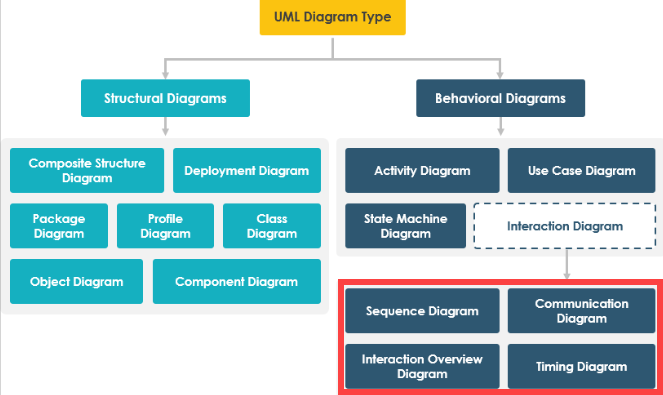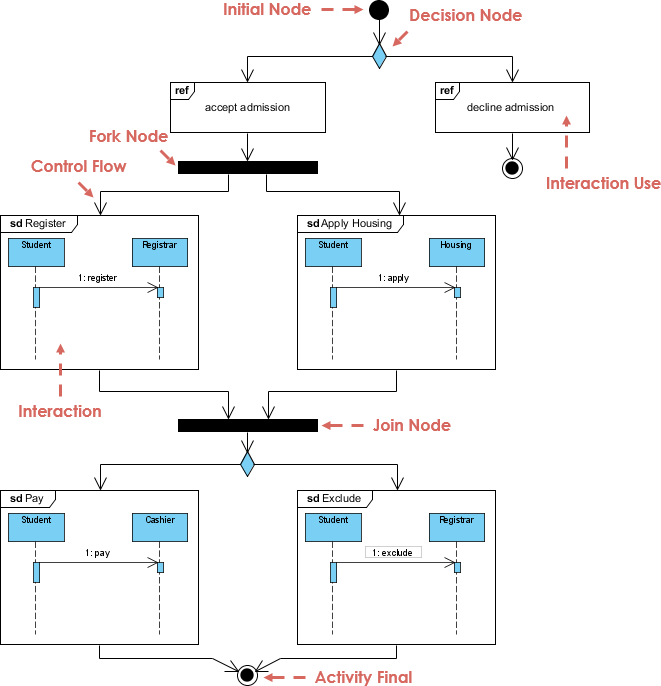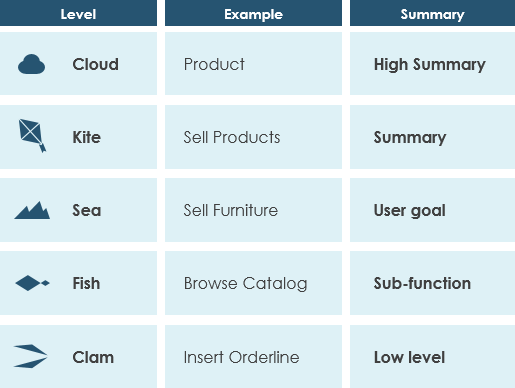Understanding Activity Diagrams in UML: A Comprehensive Guide
Introduction Unified Modeling Language (UML) is a powerful tool for visualizing and documenting software systems. Among the various UML diagrams, the Activity Diagram is a versatile and essential tool for modeling and describing the dynamic aspects of a system's behavior. Whether you're a software developer, system analyst, or project manager, understanding Activity Diagrams can significantly improve your ability to design and communicate complex processes within a system. In this article, we'll explore what Activity Diagrams are, their components, and how to create and interpret them. What is an Activity Diagram? An Activity Diagram…continue reading →

